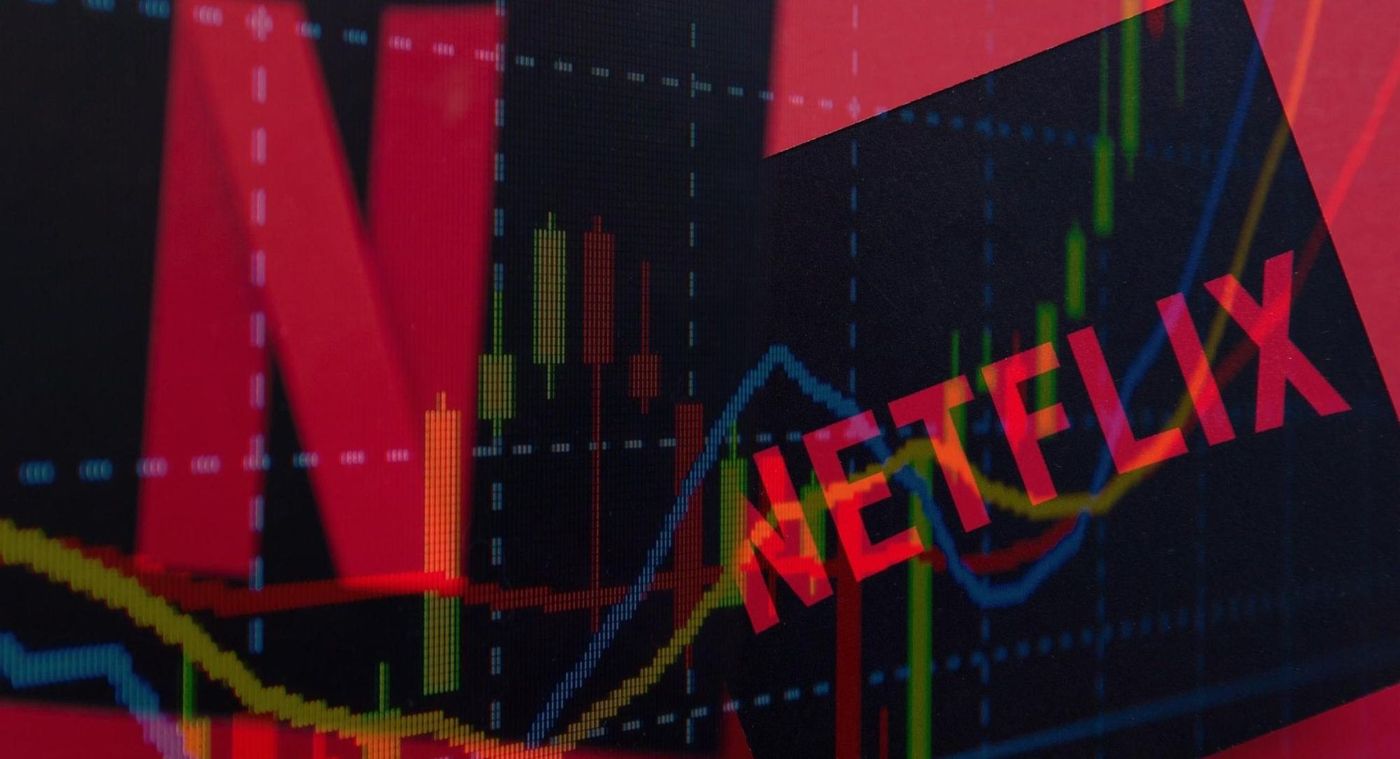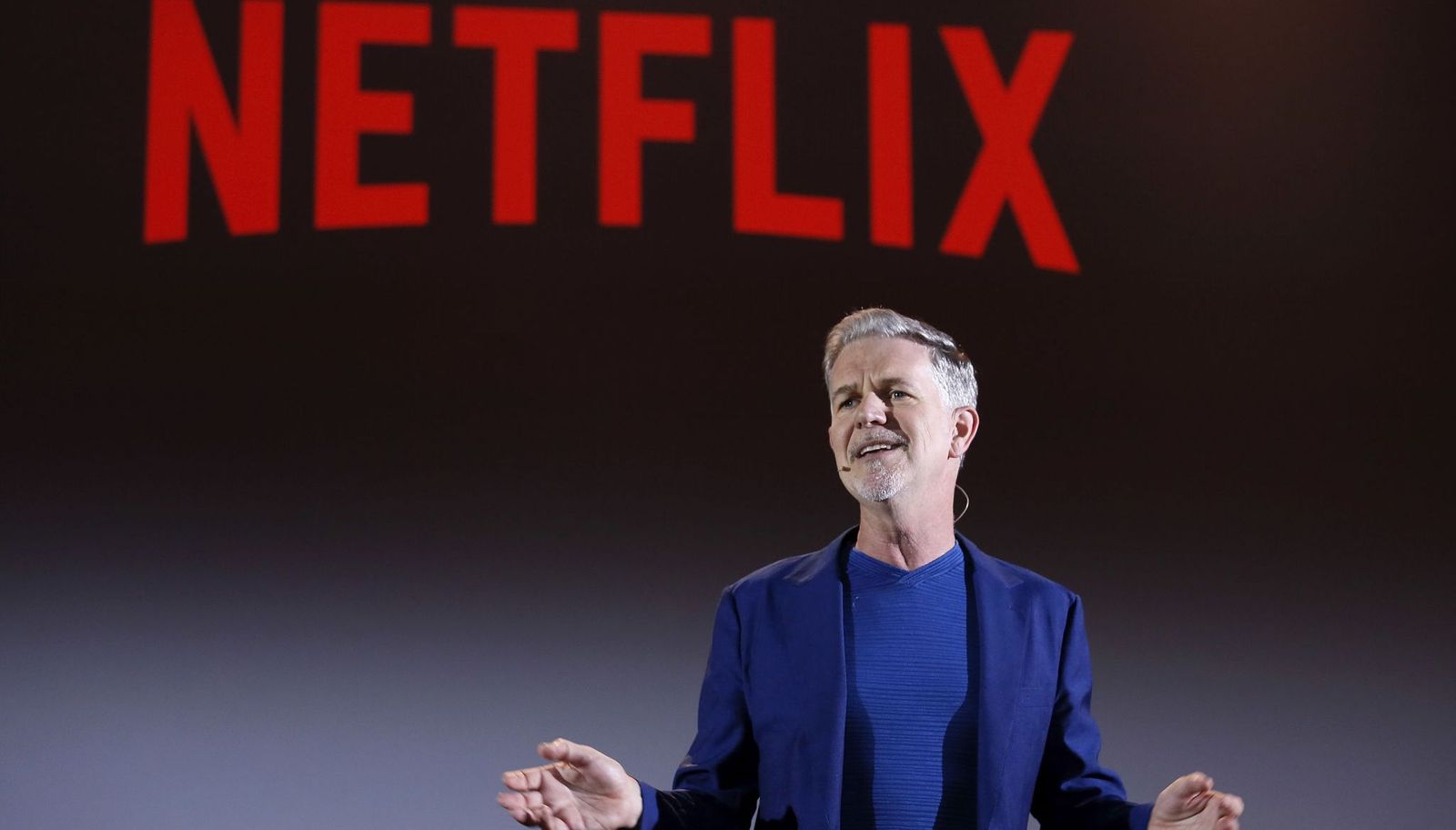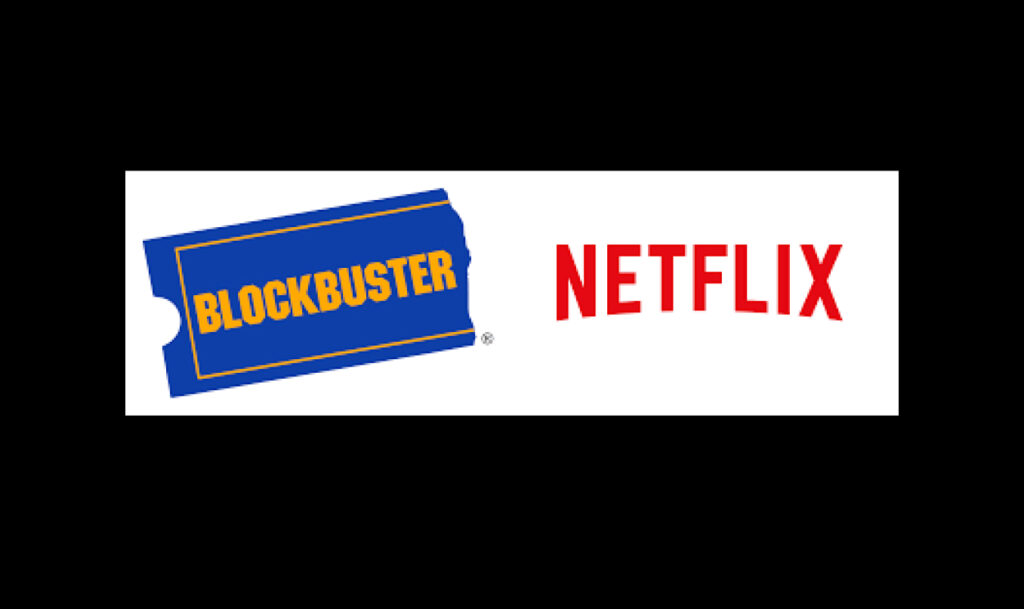Netflix led the global shift from DVDs to streaming and remains the top streaming service with a subscribership of over 221 million. The service creates productions known as Netflix Originals and acquires other titles through distribution deals. Netflix is the largest media company by market capitalization worldwide.
In early 2022, the company’s projected weaker subscription growth caused a dramatic dip in share value. Compared to its startup days, when it has virtually no competition, Netflix faces stiff competition from its rivals, influencing Netflix’s subscription growth.
Netflix’s C.E.O., Reed Hastings, responded to the share dip by purchasing shares worth $20 million to demonstrate that he considers the projections a minor setback rather than a precursor of darker days.
Institutional shareholders hold a majority of Netflix shares

Netflix is a publicly-traded company with several institutions and individuals owning company shares. Institutions own nearly 80% of Netflix shares, with The Vanguard Group possessing the largest holding at 7.8%.
Individuals hold the rest of the shares. The top individual shareholders of Netflix are Leslie J. Kilgore, David Hyman, Greg Peters, and the company’s C.E.O., Reed Hastings.
For years, Netflix’s board protested the supermajority voting rule on the election of board directors. Shareholders continually pressured the company to change that rule, but the board kept ignoring nonbinding shareholder resolutions.
In 2021, 81% of shareholders at the company’s annual general meeting voted for a change to a simple majority, representing the fifth time the shareholders had approved the resolution.
In early 2022, Netflix acquiesced to the decade-long request by shareholders in response to widespread unrest in the company. Netflix sent a letter to shareholders defending its past system and stating its intention to move to a simple majority model. The letter reads:
“While our current governance structure has served our shareholders extraordinarily well with a sustained period of substantial growth, we’ve clearly proven our business model. So the Netflix Board has decided to evolve to a more standard large-cap governance structure and will recommend several changes at our next annual meeting.”
Marc Randolph’s departure from the company promoted Reed Hastings to C.E.O

Reed Hastings was born in 1960 in Boston and graduated from Bowdoin College with a Bachelor of Arts in Mathematics. Hastings then enrolled in Stanford, earning a Master’s Degree in Computer Science. Hastings co-founded Pure Atria and sold it in 1997 for $700 million.
Hastings and Marc Randolph came up with the idea for Netflix while driving between their homes in California. Reed presented the idea after paying a $40 late fee for Apollo 13. He told The New York Times:
“It was six weeks late and I owed the video store $40. I had misplaced the cassette. It was all my fault. I didn’t want to tell my wife about it. I said to myself, ‘I’m going to compromise the integrity of my marriage over a late fee?’ Later, on my way to the gym, I realized they had a much better business model. You could pay $30 or $40 a month and work out as little or as much as you wanted.”
Netflix launched at around the same time as the DVD boom. It offered a different service compared to other DVD rentals: customers paid a subscription fee for unlimited rentals without late fees, shipping fees, and handling fees.
It took six years for the radical business model to turn a profit. By then, co-founder Marc Randolph had stepped down as C.E.O., promoting Reed Hastings to the top position. He held a position in product development before leaving Netflix entirely in 2003.
In his memoir – That Will Never Work – Randolph writes that he resigned from the board to earn the freedom to sell his shares. “Banks and investors don’t usually view a high-ranking executive in the company selling off massive amounts of stock as a good thing,” he writes.
One might think that Randolph erred by leaving: Netflix has made Reed Hastings a billionaire. However, Marc insists that he made the right decision and makes enough to spend time with family and mentor other entrepreneurs.
Randolph didn’t leave Netflix because he thought it would fail: he’d completed his role and didn’t want to lead the company forward. “Unlike me, Reed is not only a phenomenal early-stage C.E.O. — he’s as good (or better) as a late-stage C.E.O.,” he writes.
Marc enjoyed the early days of Netflix: brainstorming ideas while carpooling and working out of diners. After leaving Netflix, he immersed himself in the startup world by mentoring prospective founders.
“I like the chaos [of early-stage companies],” Randolph told Forbes. “I like the fact that you’re working on hundreds of things at once.” Marc is a master of his craft: he helped launch the software startup Looker, which sold for a cool $2.6 billion.
Amazon offered to buy Netflix, but their offer was too low

Two months after Netflix launched, Amazon offered to purchase the fledgling company. At the time, Amazon’s goal was to expand its e-commerce site beyond books.
C.E.O. Jeff Bezos was under pressure from investors to expand the company’s footprint. Randolph and Hastings responded to the call by Bezos by flying to Seattle for a meeting. Marc told CNBC that the company’s disorganization surprised the pair:
“We went into that office and it was a pigsty. People were squeezed in there. The desks were all doors – like old wooden doors on wooden posts. And Jeff was in an office with four other people.”
Hastings and Randolph swiftly figured out that Amazon wanted to use Netflix to kick-start its move into the video market. Bezos offered the pair a figure between $14 million and $16 million.
For a company that was only a couple of months old, Bezos’ offer seemed generous. Randolph leaned towards selling, but Hastings convinced him otherwise.
The pair conceded that it would be a while before it became profitable, and by failing to sell to Amazon, it became a competitor to a company with vast financial resources. However, the pair knew they ‘were on the brink of something.’
In a couple of months, they’d built a working website and made connections with DVD manufacturers. Hastings and Randolph declined the offer after landing in California. It turned out to be the right decision.
Blockbuster passed up the chance to purchase Netflix in the early 2000s

Netflix didn’t wait for Blockbuster to offer to purchase the company: it presented itself to the former giant. People assume that Netflix’s innovative business model crushed Blockbuster; however, Blockbuster’s demise had little to do with Netflix and a lot to do with poor internal decisions.
In the early 2000s, Hastings and Randolph offered Netflix to Blockbuster for a modest $50 million. However, Blockbuster laughed off their offer. Barry McCarthy, a former Netflix executive, told Variety:
“Reed had the chutzpah to propose to them that we run their brand online and that they run [our] brand in the stores and they just about laughed us out of their office. At least initially, they thought we were a very small niche business.”
Blockbuster’s chief John Antioco had a reputation for being an effective manager but a poor visionary. “We had the option to buy Netflix for $50 million and we didn’t do it,” a former Blockbuster executive told Variety. “They were losing money. They came around a few times.”
Netflix was losing money, but their fortunes changed after a couple of years. Blockbuster responded impressively by launching a DVD subscription service called Blockbuster Online. By the end of 2006, the service had 2 million subscribers.
Blockbuster had the resources to sink Netflix, but they had an unsustainable business model. The veteran company was up to its neck in debt – a debt exacerbated by the expensive move into the online subscription business.
“If it hadn’t been for their debt, they could have killed us,” Hastings told Gina Keating in 2009. Blockbuster’s attempt to reinvest in physical stores failed, consequently crippling its online venture. The 2008 financial crisis landed the final knockout blow.
Ten years after laughing off Netflix, Blockbuster was on its knees, filing for bankruptcy. Antioco, a man partly responsible for Blockbuster’s fall, wrote a 2011 essay for the Harvard Business Review saying:
“I firmly believe that if our online strategy had not been essentially abandoned, Blockbuster Online would have 10 million subscribers today, and we’d be rivaling Netflix for the leadership position in the internet downloading business.”
Also Read: Who owns The New York Times? Everything you need to know